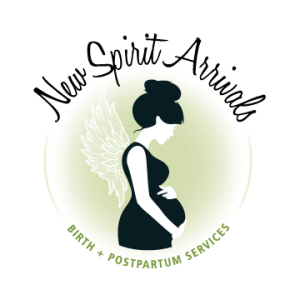Corticotrophin-releasing hormone is originally produced by the hypothalamus and controls the function of the pituitary-adrenal axis in response to stress by triggering the secretion of the stress hormone cortisol.1 CRH is also expressed abundantly by the human placenta and is present in high concentrations in maternal and fetal plasma during late pregnancy.2 After birth, CRH levels suddenly drop as the placenta is no longer within the body producing hormones. The level of CRH being produced by the hypothalamus is much lower then what the woman’s body has become accustom to throughout her pregnancy.
For a woman entering her postpartum time this means that while she is adjusting to the new responsibilities and demands of her baby, she is also experiencing a sudden drop in a hormone that physiologically effects her body’s ability to react to stress.1 It has been proposed that ingesting the hormone-rich placenta helps to bridge the hormonal gap between pregnancy and the postpartum.3 Placenta Encapsulation is a method of preparation which preserves the placenta by dehydrating it and provides a convenient method of supplementation in the form of a capsule.
- “Corticotrophin-releasing Hormone.” You & Your Hormones (n.d.): n. pag. Sept. 2012. Web.
- Smith, R., and RC Nicholson. “Corticotrophin Releasing Hormone and the Timing of Birth.” Frontiers in Bioscience. 12th ser. Jan.1 (2007): 912-8. PubMed. Web. 23 Oct. 2014.
- Beacock, Michelle. “Does Eating Placenta Offer Postpartum Health Benefits?” British Journal of Midwifery 20.7 (July 2012): 464-69. Print.






Leave A Comment